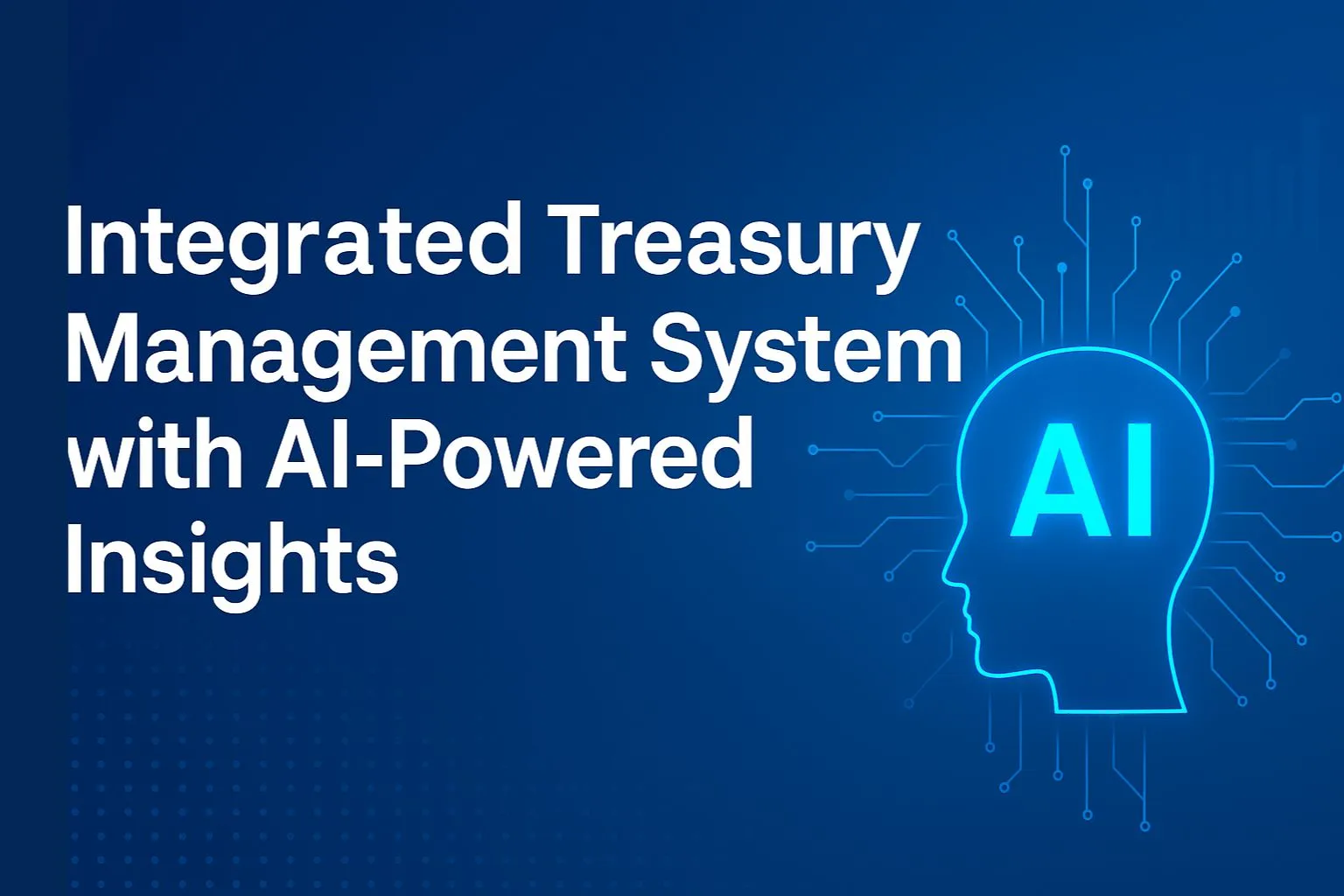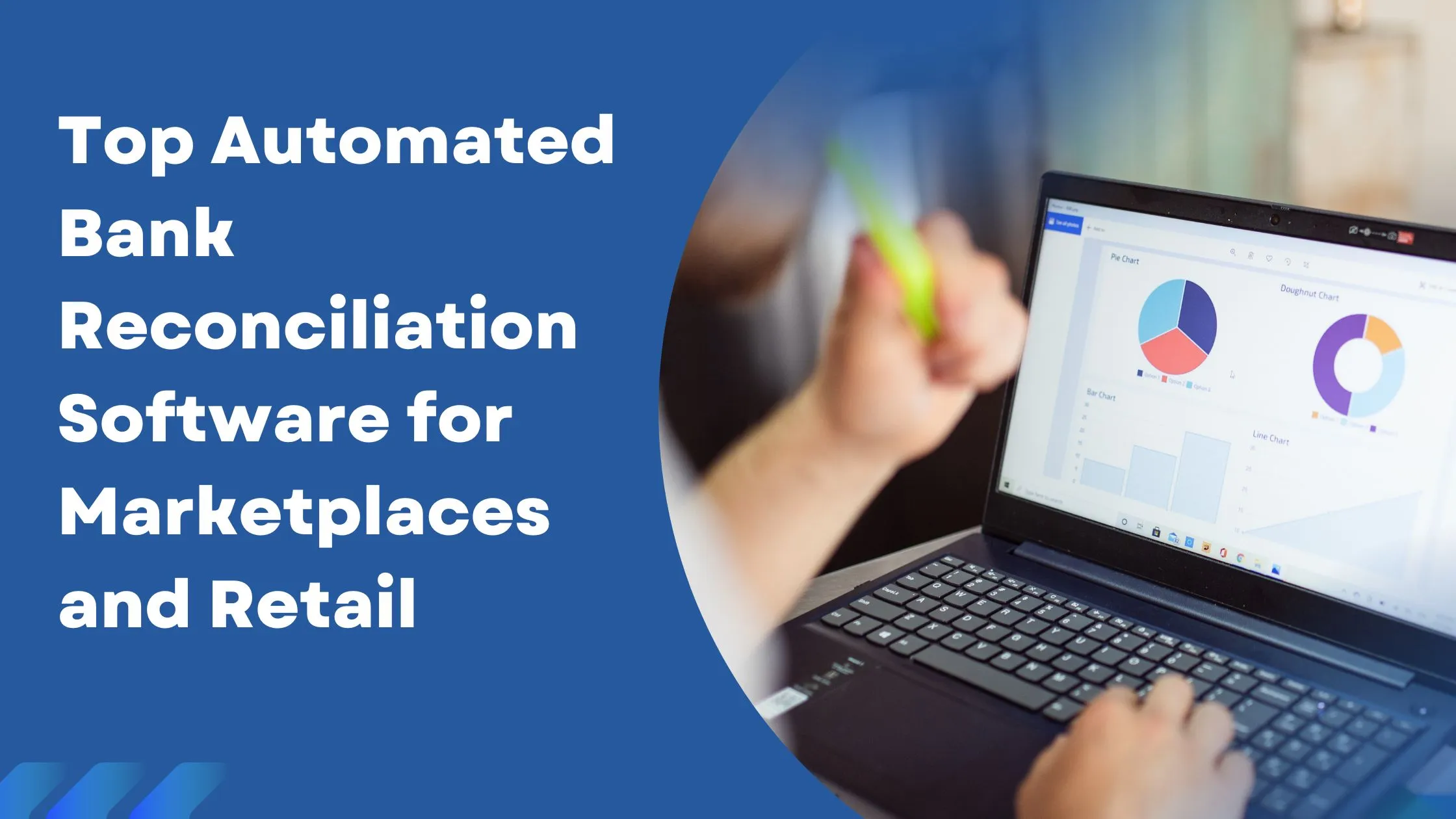How Automation is Transforming Finance Operations for Businesses
Nearly 800 global finance leaders recently shared a big change. 73% now use automation to make things more efficient. This means staff can focus on more important tasks, not just paperwork.
Automation in finance is now a must, not just a choice. Old roles are changing. Finance pros are moving from just doing tasks to analyzing data. Tools like robotic process automation (RPA) grew 63% in 2018.

Now, teams can save up to 75% by automating finances. In some cases, they can cut down reconciliation times by 99%. The pandemic made digital transformation a top priority for CFOs.
With 87% of CEOs wanting faster data analysis, automated finance is changing how we make decisions. But, there are challenges. Poorly set up systems can lead to mistakes. This shows the importance of choosing the right automation tools.
Key Takeaways
- 73% of finance leaders report efficiency gains from automation.
- Finance teams waste 70% of time on manual tasks, which automation can eliminate.
- RPA adoption grew 63% in 2018, with the market hitting $2.9 billion by 2021.
- Automation slashes reconciliation times by 99% and cuts costs by 80% in some cases.
- Automation empowers teams to focus on strategic analysis, not repetitive work.
The Evolution of Automation in Finance Operations
Finance operations have changed a lot over the years. They moved from paper records to digital tools like spreadsheets. Now, we have smart automation systems. This change shows how technology and focus on efficiency have grown.
From Basic Spreadsheets to Intelligent Systems
Finance started with handwritten ledgers and then moved to spreadsheets. By the 1990s, accounting software took over manual entry. Now, AI and machine learning help, like PayPal's fraud detection that cuts fraud to 0.32%. This shows how financial process automation is key today.
Key Milestones in Finance Technology Development
- 1980s: ERP systems like SAP and Oracle were introduced for financial management.
- 2000s: Cloud computing made it easier to access data worldwide.
- 2010s: Machine learning started automating risk and predictive analytics.
- 2020s: RPA tools now handle 33% of repetitive tasks, as PwC found in 2017.
The Shift from Manual to Automated Processes
Businesses go through five stages of automation in finance operations:
- Manual: Relying on handwritten records.
- Digital: Using basic software tools.
- Optimized: Standardizing workflows across departments.
- Automated: Handling entire processes (like automated AP/AR systems).
- Autonomous: AI making decisions without humans.
Ernst and Young says 65% of financial directors use automated systems. This shows digital transformation in finance is now a must for staying competitive. As threats and rules grow, so does the need for finance to be resilient and scalable.
Core Technologies Driving Financial Process Automation
Modern finance uses many technologies to make things easier and less manual.

Robotic process automation is key, handling tasks like processing invoices and entering data. For instance, JP Morgan's RPA bots deal with 1.7 million IT requests each year, saving 40 jobs.
Data capture tools use OCR to read documents and pull out info automatically. This cuts down on manual work. Machine learning makes these systems better over time, improving their accuracy. Workflow automation platforms speed up approvals, reducing wait times.
Integrated automated financial systems like ERP software keep all data in one place. This makes it easy to analyze things in real-time.
Some big wins include:
- RPA cuts manual tasks by 75% and boosts accuracy by 90%
- ML-driven forecasting is 95% accurate in financial planning
- Blockchain and AI reduce idle cash by 50% in treasury management
Companies like ANZ Bank save 30% with RPA, and Barclays cut bad debt by $225M. These technologies help create efficient financial process automation systems. A 2023 survey by Prophix found 92% of finance leaders focus on automation, showing its importance.
Also Read: Navigating the Future: Emerging Technologies Reshaping Global Finance
Key Benefits of Implementing Automated Financial Systems
Automated financial systems are changing how businesses manage money. They bring big wins that help companies grow and stay ahead. By automating tasks and using advanced analytics, businesses find new ways to save money and grow.
Cost Reduction and Resource Optimization
Automation cuts down on costs. Companies save up to 30% on labor costs. Tasks like invoicing and payroll get done 50% faster.
This frees up resources for more important tasks. Businesses can focus on activities that really matter.
Accuracy and Error Reduction
Automated systems cut down on mistakes. They reduce errors in financial transactions by up to 90%. This means fewer penalties and more accurate reports.
They also check data in real-time. This stops problems before they get worse.
Compliance and Risk Management Improvements
Automated tools help follow rules closely. They cut down on penalties for not following rules by 25%. These systems keep records, update policies, and spot issues.
This lowers risks and keeps businesses ready for audits.
Enhanced Decision-Making Through Data Analytics
Automated systems give insights for quick decisions. They improve forecasting by 35% and speed up decision-making by 20%. Leaders can react fast to market changes and opportunities.
AI in Finance Operations: Beyond Basic Automation
Modern ai in finance operations is changing how businesses manage financial data. It goes beyond simple tasks, analyzing patterns and predicting trends. This helps make strategic decisions.
Over 72% of companies use AI in some way, says McKinsey’s 2024 report. This is a big jump from old systems. It brings benefits like quick fraud detection and smart decision-making.
Machine Learning Applications in Financial Analysis
Machine learning looks through big datasets for hidden insights. Tools like Anaplan and Vena use it to spot unusual transactions and sort expenses. They get better with time, cutting down manual checks by 40%.
Agentic AI systems, the World Economic Forum says, make choices based on data, not just rules. They learn and adapt.
Natural Language Processing for Document Management
NLP turns unstructured data into useful insights. AI tools read contracts and invoices to find key info without human help. Cube’s NLP tools, for example, understand earnings calls to find risks or chances.
This makes review time shorter and lowers the risk of not following rules. It flags non-compliant parts in documents automatically.
Predictive Analytics for Financial Forecasting
- Predictive analytics models forecast cash flow and market trends using past and current data.
- Tools like Anaplan let CFOs test strategies in real-time.
- AI's accuracy beats old methods by considering things like seasonality and economic signs.
Success with AI needs clean data and skilled teams. Forbe’s study shows 39% of firms use AI for anomaly detection. But 58% plan to by 2024. AI frees up time for strategy, not just analysis.
AI doesn't replace jobs but makes them better. It handles complex tasks, letting teams focus on innovation and growth. Finance becomes a key driver of strategy, not just a cost.
Also Read: Getting AI right: How automation can help manage your business finances
Robotic Process Automation in Finance: Use Cases and Implementation
Financial institutions around the world are using robotic process automation (RPA) to make things more efficient. It helps with tasks like invoicing, following rules, and making reports. For example, RPA can cut down the time it takes to handle accounts payable by 80%, turning weeks into days.
Ernst & Young found that tasks like data entry and checking numbers can save 20–60% in costs. This is because RPA can do these jobs faster and more accurately.
- Accounts Payable Automation: Bots can process invoices in just minutes, reducing mistakes to 1%. A study by McKinsey showed that closing the books at the end of the month went from two weeks to just 48 hours with RPA.
- Compliance & Risk Management: Bots can watch transactions in real time and spot 95% of problems. This helps meet rules and cuts down audit time by 70%.
- Cash Application: Automated finance management makes it faster to process payments. This improves relationships with vendors and makes it easier to see cash flow.
To start using RPA, you need to map out your processes clearly. Begin with tasks that are done a lot, like journal entries or tax filings. Infosys BPM has helped 60+ clients use RPA, working with 1,200 experts to connect bots with old systems. They make sure bots can handle exceptions without needing a human.
But, there are challenges like getting systems to work together and training staff. A Deloitte survey found that 78% of companies plan to use more RPA, saying it improves accuracy by 92%. Training and rolling out RPA in phases helps staff adjust. With RPA's market expected to hit $3B by 2025, early users get ahead in finance automation. RPA is more than a tool; it's a way to make finance work faster and with fewer mistakes.
Digital Transformation in Finance: Building a Comprehensive Strategy
To start digital transformation in finance, you need a clear plan. This plan should match automation with your long-term goals. Start by checking your current workflows to find what can be improved and automated.
Assessing Current Finance Operations
First, look at how things are done now. Use tools like process mapping to find where things slow down. Look at things like error rates and how long tasks take to see where you can improve.
Identifying Automation Opportunities
Start by automating tasks that are done a lot and take a lot of time. The journey has four stages:
- Task automation: Use one tool for things like invoice processing or payroll.
- Process automation: Automate whole workflows, like closing the books at the end of the month.
- Orchestration: Use platforms that connect your ERP systems with AI for quick analysis.
- Business reinvention: Make your finance services more customer-friendly by integrating with other systems.
Developing a Phased Implementation Approach
Start with small projects in key areas like accounts payable. Quick wins, like cutting month-end close time from 10 to 3 days, help build trust. Keep adding automation and check how it's doing against your goals, like saving 30% like some early adopters did.
Change Management Considerations
Training helps teams move from doing tasks to making decisions. Talk to your team about how automation helps them focus on big-picture thinking. Keep talking and listening to make sure everyone is on the same page with new rules and trends.
Also Read: From Zero to Hero: Boosting Business Performance with Financial Automation
Challenges and Solutions in Finance Operations Efficiency
Starting automated financial systems can bring up challenges. Companies aiming for finance operations efficiency face issues like integration, security, and adapting staff. Finding solutions to these problems is key to a smooth digital transformation in finance.
Integration with Legacy Systems
Old systems can block the way to automated financial systems. Many firms use outdated ERPs or banking systems, making data sharing hard. To solve this, consider:
- API connectors for real-time data sharing between old and new systems
- Middle-ware solutions to bridge gaps between platforms
- RPA tools to mimic human actions across disconnected systems
Philippine Seven Corporation made e-wallet reconciliation fast using API automation. This shows how specific solutions can tackle integration problems.
Data Security and Privacy Concerns
Automating finance needs strong security measures. As more data moves through systems, cyber threats rise. Important steps include:
- Encryption for sensitive financial data
- Role-based access controls
- Audit trails for transaction tracking
Allianz automated policy and claims processing with strong encryption. This reduced fraud by 40% and kept GDPR standards.
Staff Training and Adaptation
Introducing new tools means retraining staff. Only 41% of CFOs have automated more than 25% of finance tasks, showing a skills gap. Good strategies are:
- Upskilling programs focusing on AI tools and analytics
- Role redesign to prioritize strategic tasks over manual work
- Phased training with hands-on practice
Jabil’s Finance Digital Transformation team reduced close process hours by 240,000 annually. This shows how training leads to lasting success.
Case Studies: Successful Automation Implementations in Finance
Automation in finance operations is changing the game for companies. Firms like Fleet Innovation and Heritage Bank are at the forefront. The global RPA market was worth $745.4 million in 2021 and is expected to hit $7.1 billion by 2031. This growth is driven by the need for quicker and more accurate processes.
Fleet Innovation: This logistics company automated 45% of its 6,000 monthly invoices with RPA. Now, their system handles 2,700 invoices, freeing up staff for more important tasks. By 2023, they saw a 30% decrease in errors and a 40% speed boost, meeting their growth targets.
Heritage Bank: Their financial crimes team was slow in AML/KYC checks. RPA made these reviews go from hours to minutes. This change allowed staff to focus on more complex cases. The bank's accuracy in transaction monitoring rose to 98%, and manual audits fell by 25%.
Both stories show the benefits of automation. Fleet's move is in line with a trend where 68% of businesses find it hard to find skilled workers. Automated tools boost productivity by reducing manual work. Heritage Bank's success in compliance and risk management is key for financial institutions.
Important lessons include focusing on data quality and getting staff involved early. These examples show automation is not just a trend. It's essential for keeping finance operations efficient in today's competitive world.
Also Read: The Future of Financial Operations: Trends and Technologies to Watch
Future Trends in Technology in Finance Operations
New technologies are changing how finance teams work with data and make decisions. Blockchain, hyper-automation, and quantum computing are set to make finance systems more efficient and secure. These innovations aim to tackle big risks like the $8.4 trillion cost of global cyberattacks and improve processes.
Blockchain and Distributed Ledger Technology
Blockchain uses distributed ledgers for secure, instant transactions without middlemen. By 2025, 70% of KYC onboarding might use biometrics and digital identity, lowering fraud. Smart contracts will automate rules, saving time and money. This move matches CFOs' goals for secure, automated finance systems to fight cyber threats.
Hyper-automation and Intelligent Process Automation
Hyper-automation combines RPA, AI, and analytics for seamless workflows. By 2025, 67% of companies will increase AI spending, helping tools answer 70% of customer questions. These systems process data quickly, helping with decisions and following rules. Accenture's survey found 97% of leaders see AI in finance as a game-changer, with AI fraud detection markets growing 24.5% annually.
Quantum Computing Applications in Finance
Quantum computing could solve complex problems beyond current AI limits. It could improve risk modeling and portfolio optimization. Already, 54% of investment managers use AI for sustainability, hinting at quantum's future role. Early users are exploring quantum for high-speed trading and stress tests, marking a move to advanced finance systems.
Conclusion: Embracing Automation for Competitive Advantage in Finance
Automation in finance is now a must, not just a choice. It cuts costs by up to 75% and speeds up invoice processing by 80%. It also frees teams from boring tasks.
By moving to digital finance, companies get instant insights and accurate reports. This helps them make smart, compliant decisions. AI and RPA let finance teams focus on big plans, not just data entry.
Automation cuts costs by 30–50% (Gartner) and boosts efficiency by 20–30% in a year (McKinsey). It's not just about saving money. It's about being quick and agile.
Teams with automated bookkeeping or electronic invoicing see cash flow instantly. This reduces errors and fraud risks. Cloud tools also lower costs, making growth easy.
Future trends like AI analytics and blockchain will bring deeper insights. But, starting now is key. Finance leaders should check their workflows, pick important automation tasks, and invest in AI or RPA.
The transition needs careful planning to avoid problems. But the benefits are clear: better data, quicker decisions, and a competitive edge. Those who wait risk being left behind by peers who've automated already.
The future is clear: use automation to make finance a source of innovation, not just a cost. It's time to act.
Also Read: Finance Automation for Fintech: Solving Complex Challenges with Ease
FAQs
How has the evolution of technology impacted financial operations?
Technology has changed finance a lot. From simple spreadsheets to smart systems, it now handles complex tasks. This boosts productivity a lot.
What are the core technologies driving financial process automation?
Important technologies include RPA, OCR, and financial management systems. Data analytics tools also play a big role. They help automate tasks and make decisions.
What are the main benefits of implementing automated financial systems?
Automated systems cut costs a lot. They also reduce errors and improve following rules. Plus, they help make better decisions with advanced analytics.
How does artificial intelligence enhance finance operations?
AI makes finance better by using machine learning and natural language processing. It also helps predict financial outcomes with analytics.
What are some common use cases for robotic process automation in finance?
RPA is used for tasks like managing accounts payable and receivable. It also helps with financial close and expense reports.
What key strategies should be considered for digital transformation in finance?
First, check your current processes. Then, find areas for automation. Plan your steps and help your team adjust to new ways.
What challenges are faced in improving finance operations efficiency?
Integrating new tech with old systems is tough. Keeping data safe and following rules is also a challenge. Training staff for new workflows is another hurdle.
Can you provide examples of successful automation implementations in finance?
Yes, many companies have automated their finance. This has led to better accuracy, lower costs, and smarter decisions.
What future trends should be considered in technology for finance operations?
Look out for blockchain for secure deals, hyper-automation for full automation, and quantum computing for better analysis.
Contact us now










